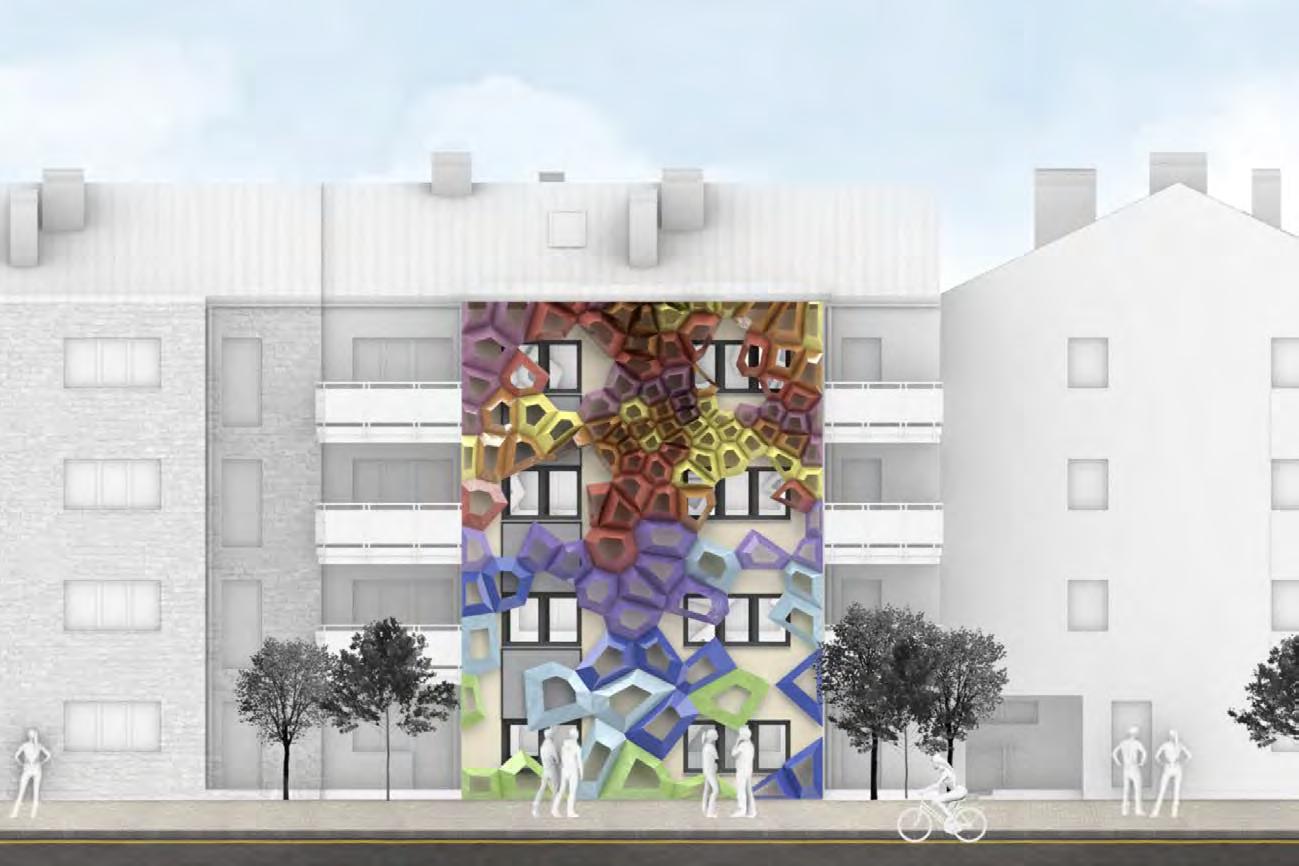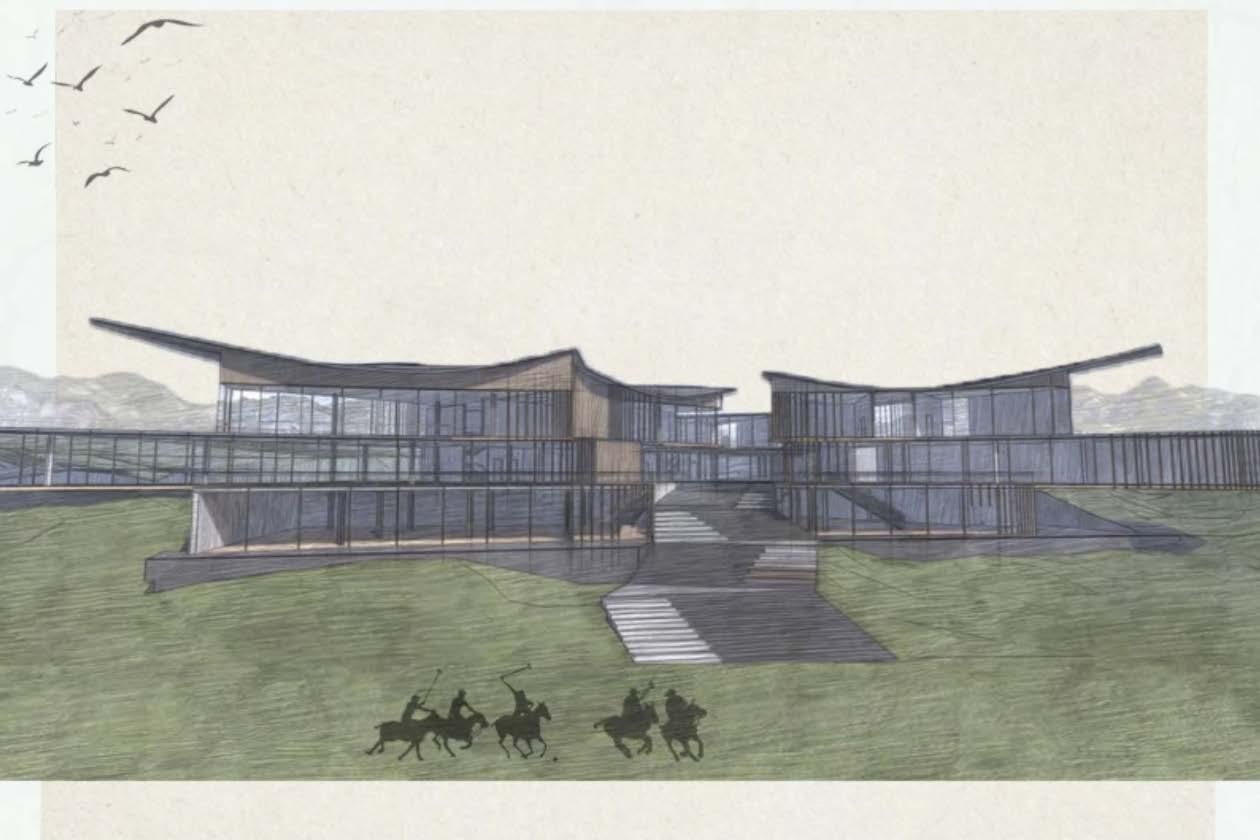
SELECTED WORKS FROM 2021- 2024


SELECTED WORKS FROM 2021- 2024

FALL 2023
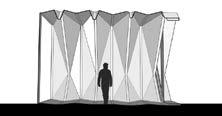
SPRING 2023

SPRING 2023

SUMMER 2023

ABROAD SEMESTER
SPRING 2024
I am an architecture student at the University of Colorado, Boulder who is passionate about geometrical intricacy, social justice, and human centered design
Institute for Advanced Architecture, Barcelona
January 2024 - Present
Study abroad semester in Spring 2024
University of Colorado, Boulder
August 2021 - Present
Bachelors in Environmental Design with a focus in Architecture, Minor in Buisness, and Lighting Design

Architectural Research Assistant
May 2023- present
Professor Shawhin Roudbari - University of Colorado, Boulder
Conducted social justice research pertaining to campus design and architecture
Co-author of coinsiding academic research paper
Skills Developed
Communication Public Speaking Time Management
Environmental Design Student Ambassador
April 2021- present
Hugo Arreola - University of Colorado, Boulder
Arranged tours of the Environmental Design department
Organized information sessions and conferences for perspective students
Skills Developed Leadership Problem Solving
Barista - Shift Leader
April 2023- December 2023
Brewing Market Coffee
Prepared and perfected various coffee related beverages
Trained new employees and managed store deliveries and orders
Skills Developed
This project was commissioned by the Denver Polo Club in Sedalia, Colorado. The project brief requested a working Horse museum, education space, and event hosting facility which supported the Polo community.
Reverence focuses on the connection between horses, humans, and the sport of Polo. The design of the building focuses on a dynamic form which captures the movement and energy of Polo while mastering the ways in which we can control awe within site driven Architecture.



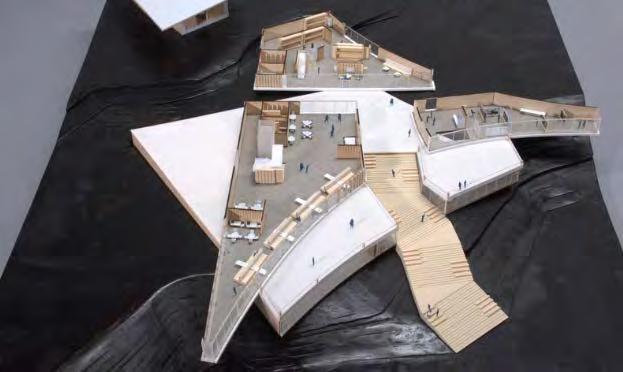
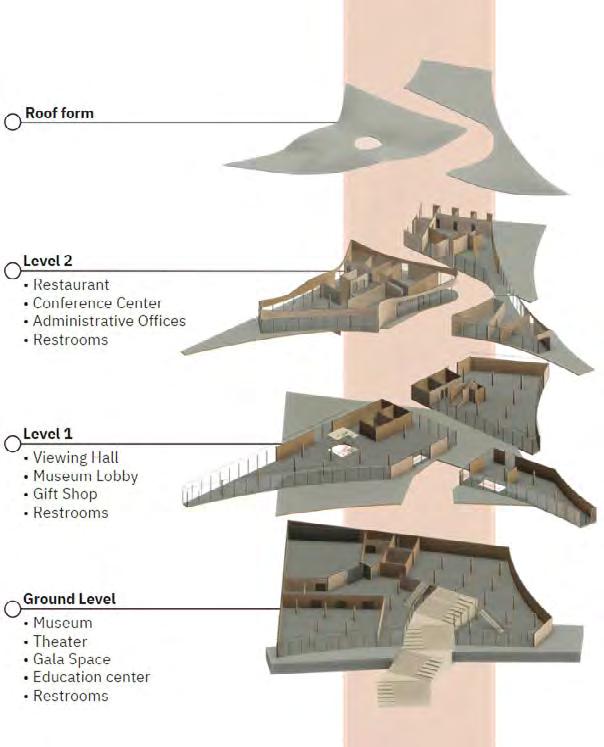
Programs used: Sketchup, Revit, Rhino3D, Photoshop
in collaboration

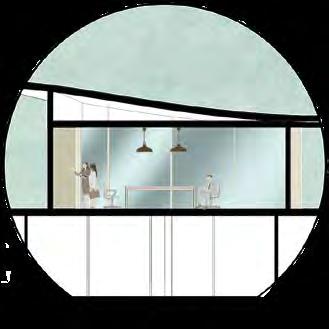




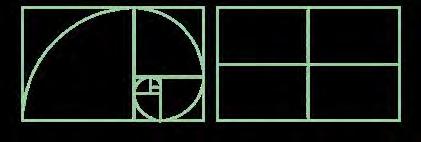

noun
bio·phil·ia
a hypothetical human tendency to interact or be closely associated with other forms of life in nature : a desire or tendency to commune with nature
The Nautilus is an interactive architectural sculpture that alludes to the naturally occurring sacred geometry of the Fibonacci sequence. Each individual wood panel is configured to create the illusion of a spiral when looking through the installation, while the elevation of the structure aligns with sequential patterns.




The Ruby Rivers Headquarters project focuses on the creation of technical lighting design schematics, IES compliance, and ASHRAE regulations within the design of the Ruby Rivers office headquarters.
The Lighting Schematic serves as a critical component of the lighting design process. It acts as the main means of communication between the lighting designer, clients, and architects. With this being said, the Lighting schematic for the Ruby Rivers Headquarters serves as a detailed plan that illustrates the placement of lighting fixtures, the types of fixtures to be used, and other design specifications. Additionally, the plan aims to meet various standards such as IES requirements and ASHRAE regulations. The schematic is essential to ensure that the lighting design meets the desired vision and concept of the space as specified by the owners. This report will analyze appropriate levels of illumination, aesthetic choices, occupant safety, and comfort.


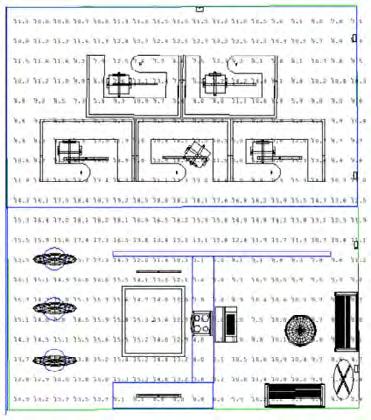
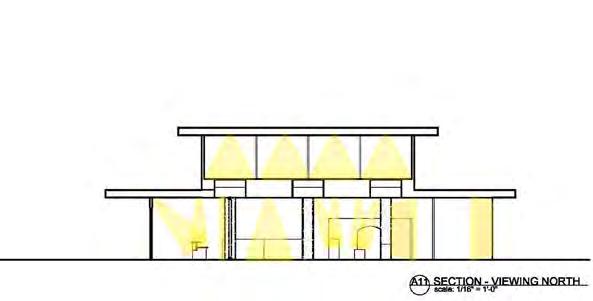








Created through the Buildner Milan Affordable Housing Competition, the Functional Fractal utilizes vacant lots on existing transit lines throughout Milan to create transit oriented developments that connect residential, transportational, and commercial uses. The ground level of the structure features storefronts and transit oriented areas, while the above spaces feature low income modular housing. The construction of the fractal revolves around additive modularity with units being flexible for expansion and repurposing. The modularity of the building creates a multi use community that promotes social mobility, communal connectivity, and economic growth.

During the 2024 Spring Semester I attended the Institute for Advanced Architecture of Catalonia. The focus of the semester was to create a modular facade system inspired by Trencadis; a type of mosaic made from cemented-together tile shards and broken chinaware. Through the program Grasshopper, the culmination of the project showcases cross ventilation and sun shading with apertures in polygonal ceramic modules. The size of the apertures vary based on expressed needs through attractor points.



The script implements 5 attraction points and these attraction points cause the variance of aperture size therefore the number and placement of attraction points could be manipulated to respond to varying orientations of the aperture on a given site and climate.
Additionally, the use of a custom preview component that draws from a multicolor gradient simulates tile cladding to be placed on each polygonal module to create a mosaic quality.

